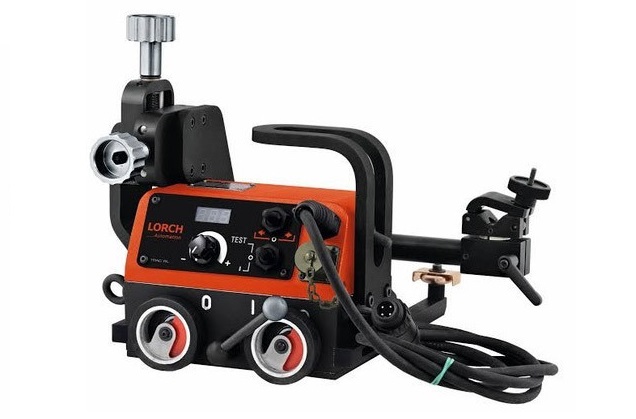Welding offers a great way to join materials together without the need to employ fittings. It has roots dating way back to the 19th century where the military mostly used it. Today, this technique has gained traction in various fields, including the automotive industry.
The welding machine plays a significant role in combining alloys or metals. Besides giving shapeless metals a definite shape, it helps strengthen weaker parts of metals. With over 10 different types of welders on the market, it might be hard to know which machine and technique fits your welding plans.
This guide will help you make an informed decision.
Types of Welders and Their Uses
When it comes to welding machines, there’s no one-size-fits-all. Each type comes with its benefits and purpose.
- Stick Machine or Shielded Metal Arc Welding (SMAW)
Stick machines come with both DC and AC capabilities. Because it doesn’t require an added gas shield, there’s no need to have a tank around. The flux which covers the rods protects them from contaminants.
Compared to other welders, SMAW machines are affordable. But the cost still varies depending on the features included in the machine.
- MIG or Gas Metal Arc Welding Machine
The MIG is well-known for its ease of use. But keep in mind that this welder doesn’t function well on painted or rusty material. So, always clean the surface before using it.
These machines are one of the best on the market for welding purposes at home and in the automotive industry. They can handle various metals such as steel, stainless steel, and Aluminium.
The process relies on an external gas shield, so you’ll need to have a gas tank, usually argon. You can also use other gases to work on different types of metals.
3. TIG or Gas Tungsten-Arc (GTAW)
Unlike other machines, the TIG can be complicated and needs some multitasking. To operate it, one hand needs to be at the welding torch as you feed the filler with the other one. And to control the temperature, you can use a remote or a foot pedal to lower or increase what’s required during the current weld.
TIG welding might seem hectic at first, but it brings forth welds that function well in various materials. What’s more, you can use it with a variety of metal thicknesses. When using TIG, one of the main differences from other welders is the non-consumable tungsten electrode.
Plus, these welders are more specialized than others and offer pure welds without sparks, splatter, or fumes. They can handle various metals, including brass, gold, copper, stainless steel, nickel, and copper alloys. Generally, TIG machines are ideal for repairing damaged parts.
And just like the MIG, it needs a clean surface with no rust or dirt. You can always sand off paint or properly clean the entire surface.
4. Gas Welding Oxy-Acetylene
This welding technique uses fuel gas as a heating medium in combination with oxygen. It produces a flame that melts the base to form a continuous weld. Gas welding works best with thinner materials, but it’s not as good with the thicker ones.
You can invest in this technique since it’s budget-friendly and the welders are portable. Unlike other machines, the only recommended metals for gas welding are iron-based.
5. Energy Beam Welding Machine
An Energy Beam machine not only welds thick to thin metals but also joins metals of different makes. Another benefit of using this machine is that there’s little to no distortion in the welded parts. You can also use it to target specific points on metals.
Buyers Guide: Factors to Consider When Choosing Welding Machines
To choose the right machine, you need to take into account some important considerations:
Metal thickness: Thick metals call for stick welding machines-whereas for thin metals, you should consider TIG or MIG welders.
Metal types: Apart from cast iron, all metals and alloys work well with TIG welders. On the other hand, MIG welding is perfect for aluminium alloys, steel, and stainless steel. Stick machines work best on cast iron as well as steel and stainless steel.
Quality of the weld: For a high-quality weld, opt for a TIG machine. If you want to create strong welds between dirty or rusty metals, consider a stick welder.
Power source: If your power source is moved or cut off, you need a portable machine that’s either engine-driven or can work with an inverter. Remember, consider using a DC output for steel and stainless steel and an AC output for magnesium and Aluminium. You can also use a combination of AC/DC welder when working with a variety of materials.
Closing Thoughts
TIG welding machines produce more precise and cleaner welds than other welders-making this tool the best option for your project. That said, different automotive welding jobs need different methods. So, feel free to use any other machine apart from TIG if the task calls for it.


